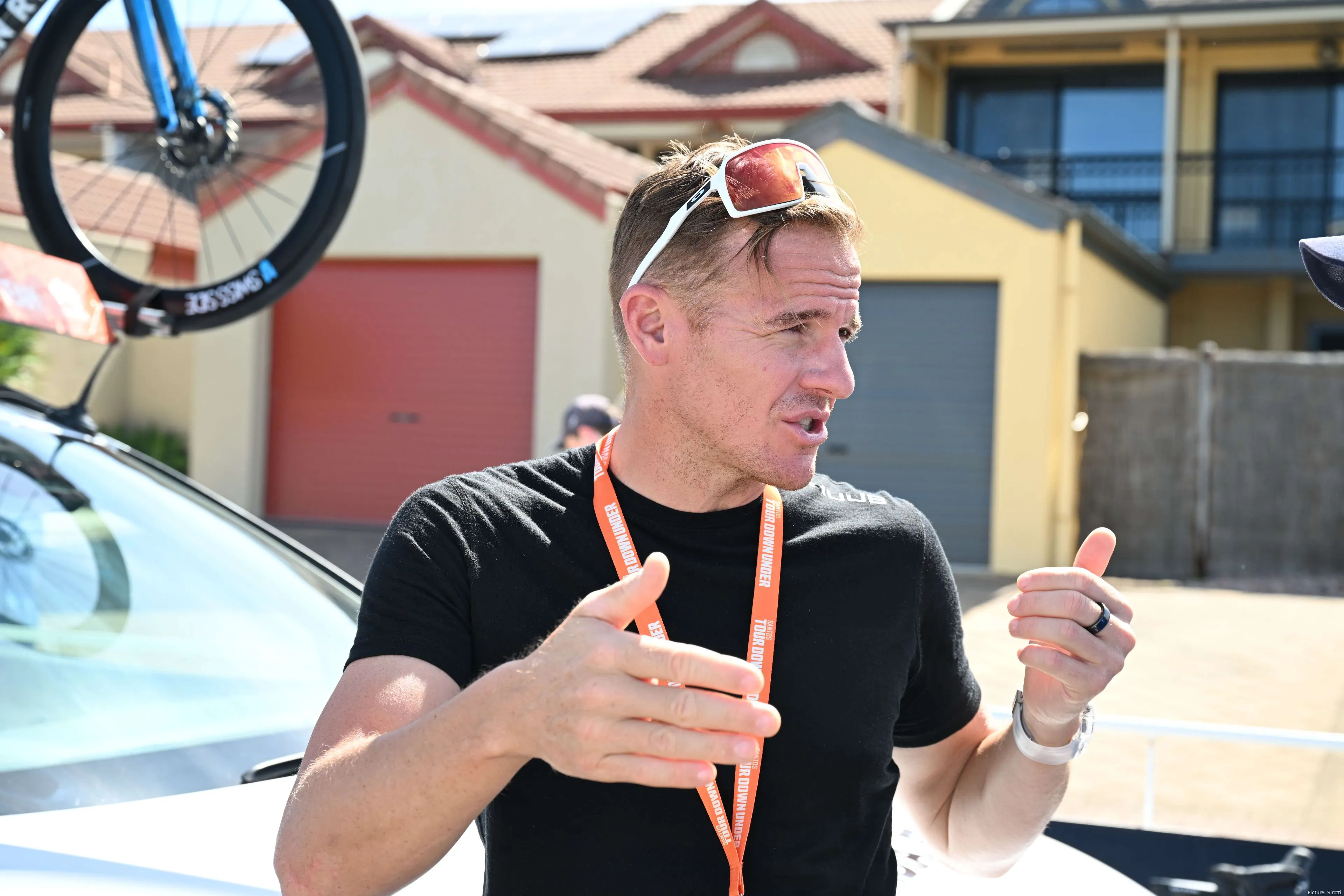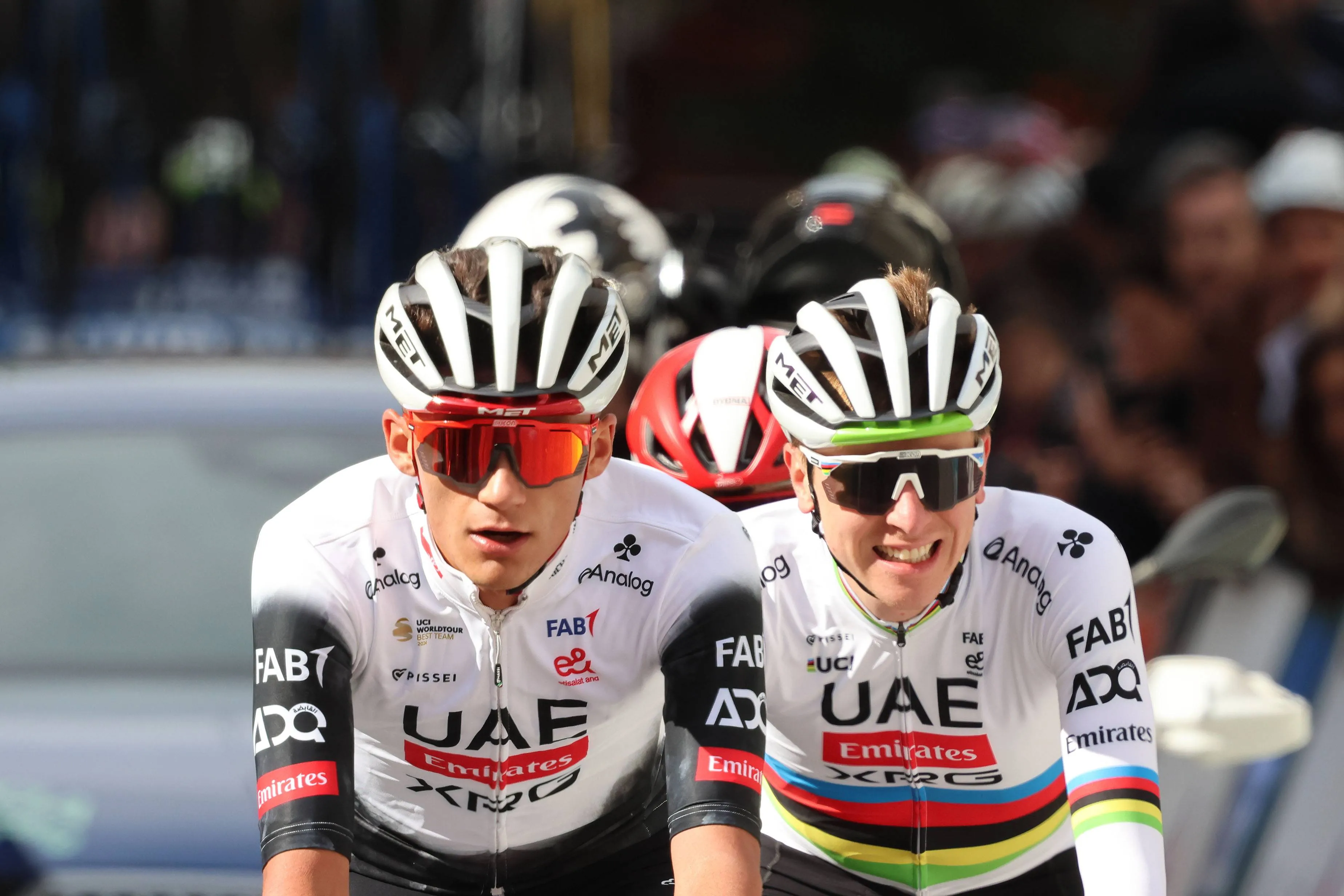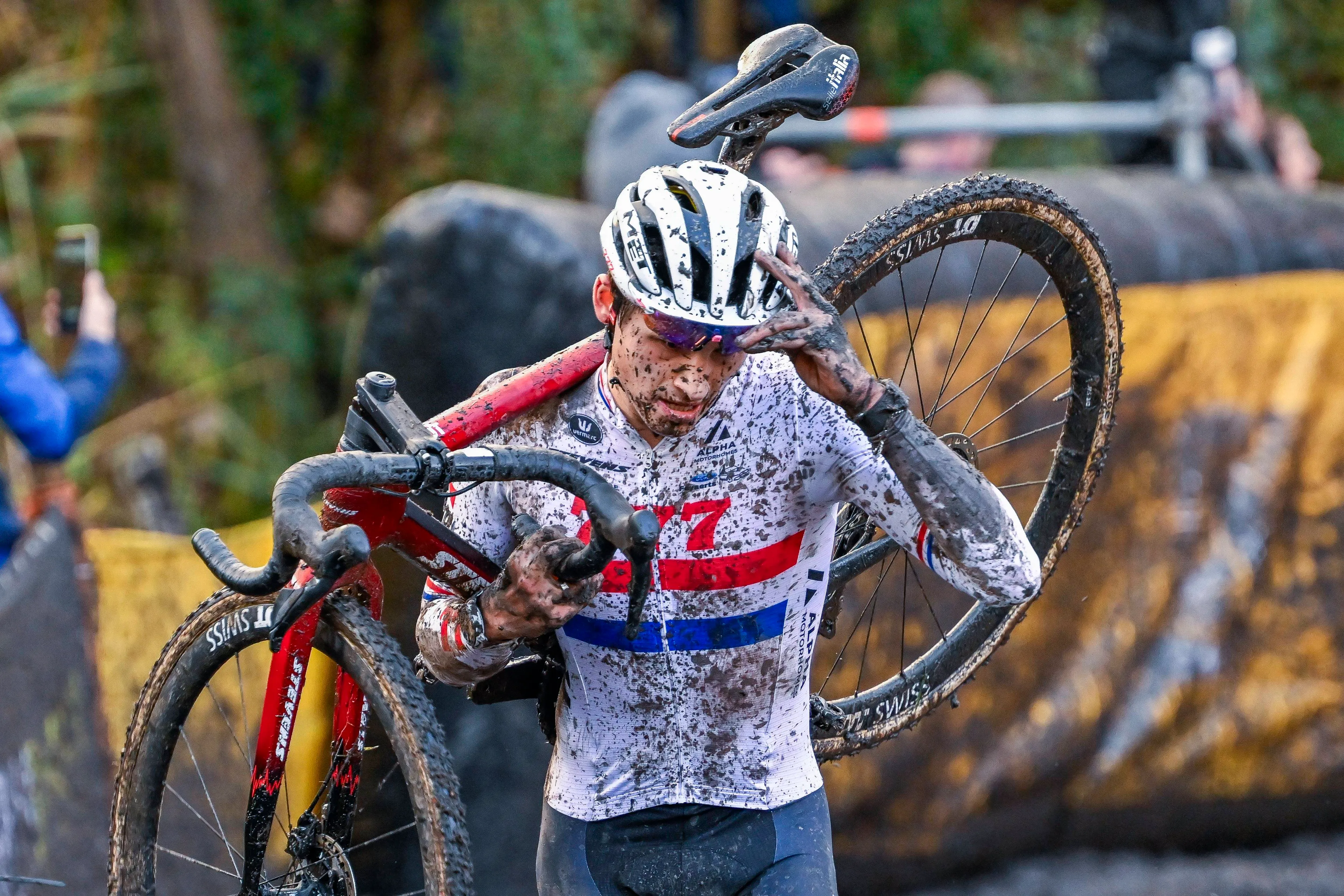“You have to draw a line” - Adam Hansen explains why riders agreed to turned-in brake lever ban
CyclingThursday, 25 January 2024 at 10:00

After the UCI announced their new restrictions around flared handlebars and turned-in brake levers earlier this month, many initially saw it as the governing body once again interfering where it wasn’t necessary as they have often done many times over issues such as sock height.
However, in an interview with Ride Media at the Tour Down Under, former professional cyclist and current president of the Cyclistes Professionnels Associés (CPA) Adam Hansen explained the reasoning behind the new legislation and revealed that the vast majority of the peloton were actually in favour of the decision.
Read also
In the interview, Hansen described his role in bringing about the new rules, stating that “I worked with Michael Rogers at the UCI and he found out that the handlebars weren’t designed to have the lever positioned like that, so there were some cracks on the handlebars”.
When questioned on whether these regulations were unfair on certain manufacturers, given that turned-in levers had much more of a detrimental effect on the structural integrity of some handlebars than it did others, Hansen was very firm in his response, as he explained that “in cycling you have to draw a line and make it fair across the board”.
Read also
He even drew comparisons to the UCI minimum bike weight limit of 6.8kg, which was introduced in order to make sure that all bikes were safe and that structural integrity was not being compromised in the pursuit of weight saving.
We have seen a number of handlebar failures in the professional peloton over the past few years, such as when Mathieu van der Poel’s right brake lever snapped off his Canyon Aeroad in the finale of Le Samyn in 2021 or when Hugo Hofstetter’s handlebars on his Bianchi Oltre RC broke not once but twice at last year’s Grand Prix de Denain.
Read also
Although various reasons could be given for why these specific failures happened, the increase in similar cases can likely be attributed to the extreme handlebar positions that riders have been adopting in order to become more aerodynamic.
Given the large number of riders that have chosen to adopt the turned-in brake lever position in recent years, one might have expected a fair bit of opposition to these new regulations. However, according to a survey conducted by Hansen and the CPA at last year’s Giro d’Italia, when given the option between having the levers straight, at a 5 degree angle, a 10 degree angle or in a more extreme position, only 3% of the riders surveyed chose the extreme option.
Similarly to when the so-called ‘puppy paws’ and ‘supertuck’ riding positions were banned in 2021 (which was also met with some backlash at the time), it seems as though the UCI is trying to prevent a serious accident before one happens, as they try to improve rider safety in professional cycling.
Read also
#TDU2024 // Adam Hansen interview
— RIDE Media (@ridemediaHQ) January 19, 2024
Talking to the CPA president, Adam Hansen, about the work he’s doing to try and make cycle sport safer… including new rules on equipment use (ie. Lever angles).@HansenAdam https://t.co/VDPG7HwBOX
claps 3visitors 2
Just in
Popular news
Latest comments
- In my opinion, it's a mistake. Lidl wanted the green jersey, Pedersen tried for many years and didn't get it, Milan did, so why this "punishment"?. Pedersen's profile has changed; he's still a fantastic rider, but he's no longer a sprinter capable of competing with the best (Merlier, Philipsen, Brennan, etc.). At best, he'll win a stage or two (probably in a breakaway). I don't understand Lidl's decision.
 maria2024202413-12-2025
maria2024202413-12-2025 - He's a talent, but also he's a "kid". No pressure, please.
 maria2024202413-12-2025
maria2024202413-12-2025 - IMO they would be so much better off letting him win a couple races first.mij13-12-2025
- Not the only one, if he doesn't get what he wants at Lidl his attitude will be the sameslappers6613-12-2025
- He's the biggest French hope they had in years, they're squeezing the lemon to get the most media attention as possible. Of course they decided alreadyvappaxbipmv13-12-2025
- Very convenient to not acknowledge the facts I put out... That remco was more than a minute and 20 up. Even if remco lost 15 seconds every single mountain stage there after he'd still winbruins3013-12-2025
- bless Toon and his familymij13-12-2025
- he is so crazy confident. can’t wait to watch him back on the bike.mij13-12-2025
- they are being coy like it is some big reveal, for a rider that hasn’t won anything. the headlines this guy gets is amazing. yes, he is a talent, but wow like he’s a second coming.mij13-12-2025
- If a team has not decided what their top guy is going to do after the route reveal, then that team is not professional enough.abstractengineer13-12-2025
Loading
1 Comments












